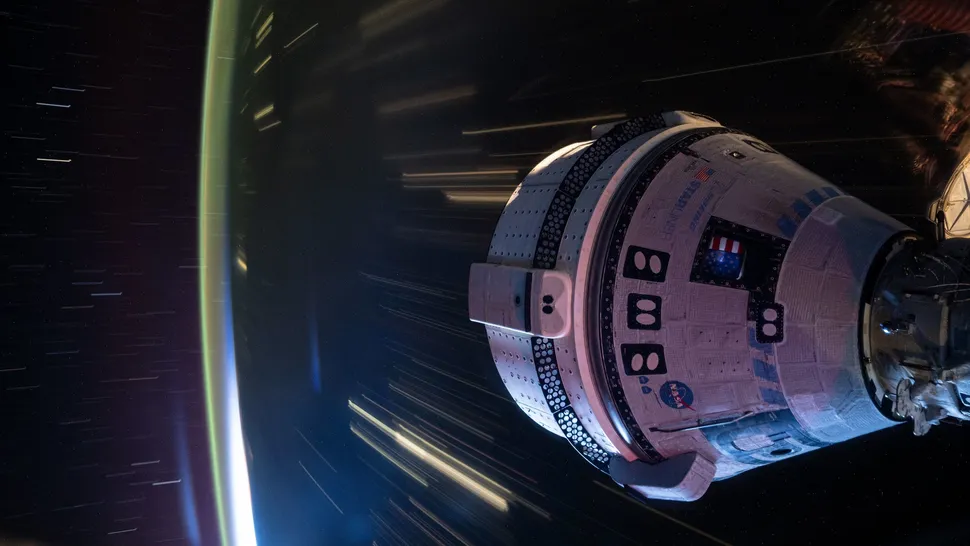| Summary |
|
Boeing’s Starliner spacecraft landed safely in the New Mexico desert early Saturday, September 7, following a three-month stay at the International Space Station (ISS). The uncrewed capsule, which carried astronauts Sunita Williams and Butch Wilmore to the station in June, touched down at White Sands Space Harbor at 12:01 a.m. EDT (0401 GMT).
The return marks the end of the capsule’s first crewed test flight, one that faced repeated technical problems, long delays, and growing criticism of Boeing’s troubled commercial crew program.
Starliner launched on June 5 after years of delays caused by helium leaks, faulty valves, and thruster issues. It docked with the ISS a day later, but not without difficulty. Five of the spacecraft’s 28 thrusters failed during approach, forcing Williams and Wilmore to take manual control.

The astronauts were originally due to return to Earth after about eight days. Instead, engineers kept the spacecraft at the station for three months as they worked to address helium leaks and propulsion failures. The extended stay left the crew’s safe return on Starliner increasingly in doubt.
On August 24, NASA announced that Wilmore and Williams would not return on Starliner as planned. Instead, they are scheduled to come home aboard a SpaceX Crew Dragon spacecraft in early 2025. The decision highlighted NASA’s concerns over the reliability of Boeing’s capsule, which has cost the agency nearly $5 billion to develop.
During their stay aboard Starliner, the astronauts reported hearing unusual noises coming from the spacecraft, adding to concerns about its condition. Despite repeated troubleshooting efforts, NASA and Boeing engineers could not fully resolve the thruster and leak problems.
With no astronauts aboard, Starliner undocked from the ISS at 5:45 p.m. EDT (2145 GMT) on September 6. Hours later, the capsule parachuted into White Sands, where it landed on schedule.
“She’s on her way home. Congratulations to the undocking team,” Williams told mission control shortly before separation. After the landing, she radioed, “Great landing of Calypso; I don’t think that could have gone better.”
NASA officials praised the landing at a press conference that began shortly after touchdown.
“It’s great to have the Starliner home. A safe and successful landing was exactly what we wanted,” said Joel Montalbano, deputy associate administrator of NASA’s Space Operations Mission Directorate.
Steve Stich, manager of the Commercial Crew Program, called the test flight “very personal to our team,” saying it was “an honor to bring the vehicle back.”
Dana Weigel, ISS program manager, thanked engineers who had worked “nights and weekends” throughout the summer to keep the mission going. “The proof is in getting the vehicle safely back home,” she said.
NASA is now preparing for upcoming flights, including the Soyuz MS-25 mission on September 11, which will carry astronaut Don Pettit to the ISS, and SpaceX Crew-9, scheduled to launch later in September.
Starliner’s future remains uncertain. While Boeing achieved a safe landing, NASA has made clear that astronauts will not fly on the capsule again until its propulsion and leak issues are resolved.

